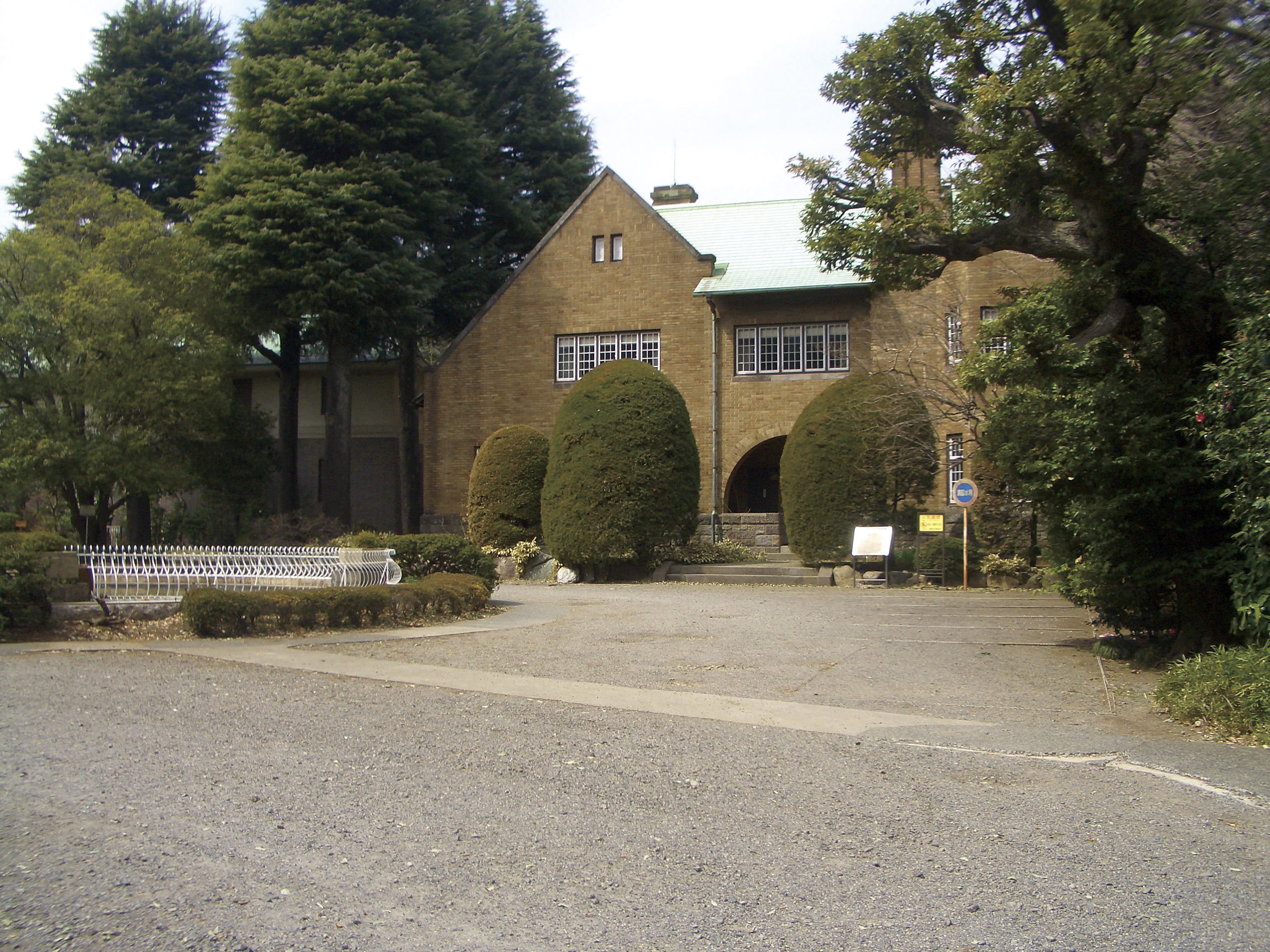Our Roots A history of rising to the challenge vol.13
Push to Diversify Supported by Rich Human Network
We highlight the efforts of Mitsubishi's second president, Yanosuke Iwasaki, to diversify the company's business while leveraging its rich human resources.

The Mitsubishi Mail Steamship Company ceased operations af ter its marine transpor t business was transferred to Nippon Yusen Kaisha (NYK) in 1885. However, Mitsubishi still had business interests in other areas. In addition to its mining operations, Mitsubishi was also involved in ventures such as the 119th National Bank, the Senkawa waterworks project and the Nagasaki Shipyard. The scope of the Mitsubishi Mail Steamship Company's operations had of ficially been restricted to marine transport due to the company's special ties with the Japanese government, so these other ventures had been regarded as businesses of the Iwasaki family. However, circumstances had changed now that marine t ranspor t operations were being handled by NYK. Therefore, in 1886, Yanosuke wrote the governor of Tokyo Prefecture, explaining his intention to rename the company "Mitsubishi-Sha" and to develop a broad range of business ventures.
After this, the pace of diversification at Mitsubishi quickened. These efforts were supported by the company's diverse network of contacts, which Yataro had worked to cultivate. Yanosuke recognized that the success of a modern company hinged on its ability to secure outstanding personnel. He recruited many talented people from leading schools, beginning with Keio Gijuku (now Keio University) and then later from Tokyo Imperial University (now University of Tokyo). These recruits played important roles in Mitsubishi and became leaders in their respective fields. Former employees also went on to become top executives at major companies such as NYK and Tokio Marine Insurance, while others served the nation in positions such as governor of the Bank of Japan and even prime minister.
Yanosuke also capitalized on the talents of foreign workers, such as Frederik Krebs, a Danish mining expert who joined Mitsubishi in 1873. Krebs initially provided guidance on coal mine development, but he was later called to the head of fice, where his standing in the company continued to rise. He ultimately was named to a high-ranking post, which in today's terminology would be described as "senior vice president in charge of technology and international human resources".
Mitsubishi began employing large numbers of non-Japanese employees earlier on in its history. In 1882, 400 of its 2,500 employees were foreigners, and one Japanese manager and one foreign manager were designated at each branch office. Foreign employees played important roles in the early Mitsubishi organization and made significant contributions to Yanosuke's efforts to diversify the company's business.
Yanosuke's Cultural Legacy
Yanosuke was a man of diverse interests. He had a strong passion for Asian culture, especially ar t and literature, and he amassed an extensive collection of cultural treasures, which have been preserved as the Seikado Bunko Art Museum. In 1924, the museum was moved to its current location in Tokyo's Setagaya Ward by Yanosuke's son, Koyata Iwasaki (Mitsubishi's fourth president). Koyata also made his own contributions to the collection, including a rare yohen temmoku tea bowl, which has been designated a national treasure. The museum became a foundation in 1940 and is open to researchers and the public.